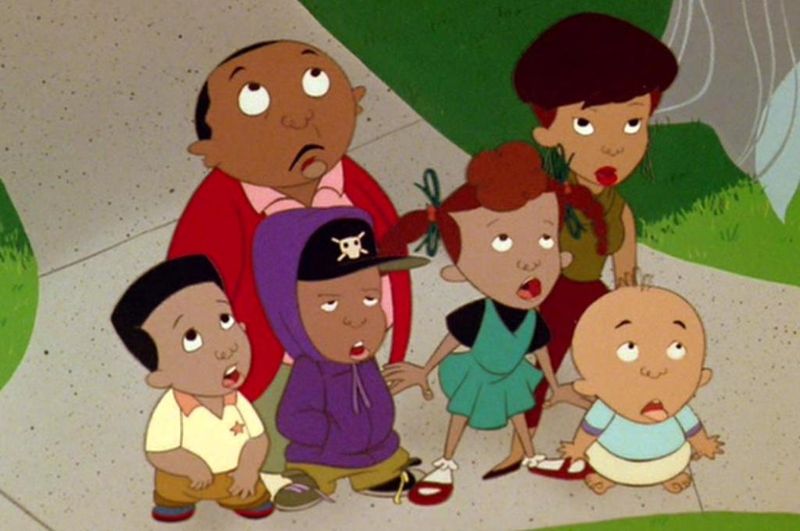Is Hollywood Out of Touch?
Artel Great
Take a look at the unusually high number of recent box office failures and the problem becomes clear. Hollywood is mired in a big budget, post apocalyptic, superhero, robot, sequel, prequel, 3D, blockbuster, comic book film cycle. Yet, since last May (the start of the film industry’s high-stakes summer season) Hollywood has sustained several big-budget flops including, Jeff Bridges’ R.I.P.D., Will Smith’s After Earth, andJohnny Depp’s TheLone Ranger, just to name a few.
It is my contention that today’s moving-going audiences have been beleaguered into a Hollywood induced state of mega-budget, remake, sci-fi, CGI movie fatigue. This problem is even more pronounced in many multicultural communities as Black, Latino, Asian-American, and Native-American experiences rarely find voice in such Hollywood blockbusters. Even further, over the last fifteen years, there has been a steep decline in the sheer number and variance of multicultural films on the silver screen. This reality is in stark contrast to say, for instance, the burgeoning Black cinema that produced a successful wave of talent, highly acclaimed, and financially successful films in the 1990s.
Many of these films were financed by Hollywood studios, as well as independently, and were helmed by Black filmmakers who presented diverse stories that were multivalent, powerful, and reflective.
A few prime examples include: To Sleep With Anger (Charles Burnett, 1990), the teen comedyHouse Party (Reginald Hudlin, 1990), Julie Dash’s epic Daughters of the Dust (1991), which became the first feature film directed by an African-American woman, the animated comedy Bebe’s Kids (Bruce Smith, 1992), the Black westernPosse (Mario Van Peebles, 1993), the film noir period piece, Devil in a Blue Dress (Carl Franklin, 1995), the college-based drama Higher Learning (John Singleton, 1995), the feminist leaningWaiting to Exhale(Forest Whitaker, 1995), the family oriented Soul Food (George Tillman, 1997), and the humanizing Black romanceLove Jones (Theodore Witcher, 1997). I could keep going, but I’m sure--- you get the point!
In today’s media marketplace, however, this type diversification in cinema has ostensibly evaporated as, journalist Michael Cieply points out in the New York Times, " New Line Cinema, Warner Independent Pictures, Metro-Goldwyn-Mayer and other companies that specialized in midbudget comedies and dramas have shrank or disappeared." Consequently, for many multicultural audience members (read Black, Latino, and Asian-American) the basic enjoyment of Hollywood films has been harmed by the limited and often regressive roles reserved for nonwhite actors (read slaves, addicts, whores, thugs, caricatures, or men dressed in drag--- ehmmm, Madea).
While there is, indeed, nothing inherently wrong with slapstick comedy or the recent wave of slave films per se, there is, however, a burning desire for more variety within multicultural communities to see films that just do--- more! For many people of color it is virtually impossible to find a Hollywood film containing the stories of love, dignity, laughter, struggle, redemption, intelligence, and humanity that reflect the fullness and diversity of our lives.
With this in mind, my work with the Cinema Research Institute (CRI) this year is aimed at interrogating and challenging the antiquated notions of dominant cinema. My research is aimed at excavating innovative film distribution strategies to address issues of diversity in media culture. Not only for the benefit of underserved communities (Blacks, Latinos, Asian-Americans, and Native-Americans) but also for all audiences who simply enjoy great stories and great films.
And so I say, to the vibrant multicultural audiences who are sadly neglected by dominant media, and to the talented and progressive filmmakers with diverse voices, and to the broader audiences who have multicultural tastes--- I see you!!! I know you’re out there (despite what Hollywood purports) and together we will make a positive impact.
After all, I real(eyes) great ideas can change the world, but it requires great people to make it happen. That’s why I’ll need your help. I thank you in advance for your support. And I look forward to traveling this amazing journey with you!!!







